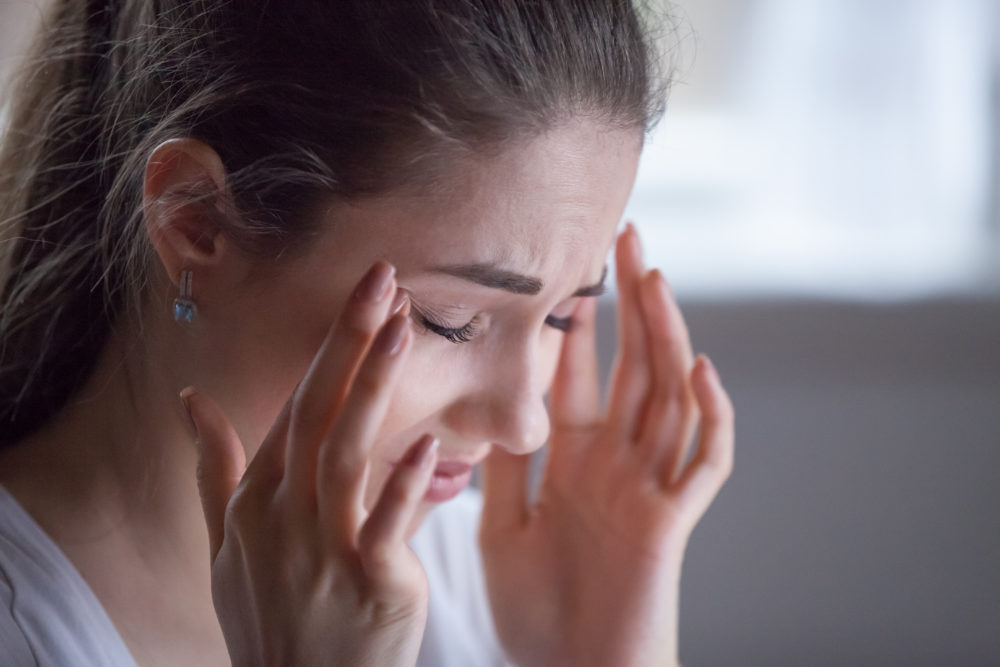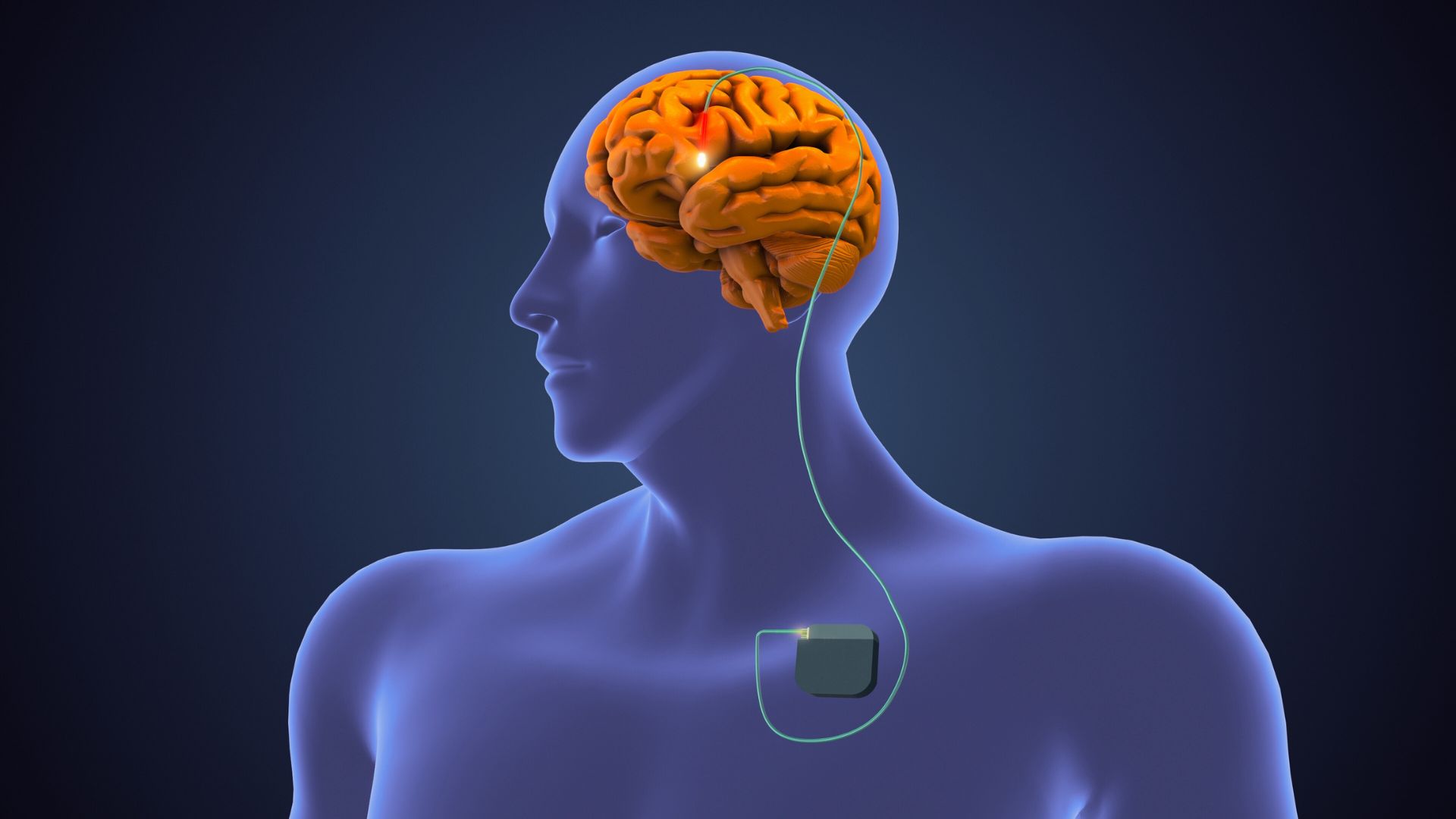Stroke in young people is much less common than in the older population. This can lead to misdiagnosis in the emergency room. Young adults may also be less likely to seek medical treatment, as stroke is still believed to be a disease of the elderly. All of this can lead to missing the window of time sensitive treatment.
In this article, we look at the various signs of stroke in young people, symptoms and risk factors, and key strategies for prevention. We will also discuss how the unique needs of young adult stroke survivors are met with a specialized treatment approach.
Table of Contents
- What is stroke?
- Incidence of stroke in young people
- Symptom and signs of stroke
- Signs of stroke in young people
- Stroke risk factors
- What causes stroke in young people
- Can a young person recover from stroke?
- Stroke prevention
What is Stroke?
A stroke occurs when blood stops flowing to an area of your brain, leading to cell damage in that area. There are two types of stroke: ischemic and hemorrhage.
In ischemic strokes, blood flow is stopped by a clot or blockage in the blood vessels of your brain. With hemorrhagic strokes, high blood pressure causes weakened arteries to break open, leading to an interruption in blood flow to the brain.
A stroke is a serious medical emergency that needs to be addressed as soon as possible in order to minimize damage to the brain and ensure the best chance of recovery. Additionally, recovery can greatly depend on where and what type of stroke you have had.
Stroke in younger adults presents many unique challenges from initial diagnosis to presentation and treatment approach. It also has potentially far more impact on the individual and to society.
Incidence of Stroke in Young People
The incidence of stroke in those age 18-45 years of age ranges between 7-15 per 100,000 people for all types of stroke.[i] About 878,500 Canadian adults aged 20+ have experienced a stroke, that is 438,700 men and 439,800 women according to national data from 2017–18.[ii]
Stroke rates have crept up 11 per cent in Canadians between 20 and 59 from 2006 to 2015 according to a Heart & Stroke report.[iii] The increase is tied to a rise in risk factors for stroke: access to more processed foods, a fast-paced, stressful life, sedentary lifestyle and higher rates of diabetes and obesity in young adults.
There are also more than 6,300 babies born with stroke and more than 10,000 children up to 18-years-old are living as stroke survivors. A new stroke happens in about one in 10,000 young adults.[iv]
Signs and Symptoms of Stroke
The Heart and Stroke Foundation of Canada uses the acronym FAST to help recognize the signs of stroke.
F – is there Facial drooping?
Ask the person to smile. If one side of their face is drooping and the other isn’t, they may have suffered a stroke.
A – can you raise both Arms?
Ask the person to lift their arms above their head. Does one arm drift downward? This is a sign they may have suffered a stroke.
S – is their Speech slurred or jumbled?
Ask them to repeat a simple phrase. Is their speech slurred, or mumbled and hard to understand? It might be the sign of a stroke.
T – Time to call 911 right away.
Signs of Stroke in Young People
Depending on the area affected by the stroke, symptoms can mimic a variety of conditions. Evidence suggests that ischemic strokes in young people can mimic seizures, acute vestibular syndrome, migraine, infections, brain tumors, toxic-metabolic encephalopathy (particularly hypoglycemia), hypertensive encephalopathy, gastroenteritis, and conversion disorder.[v]
The presentation of stroke in young adults depends on the location, size and initial treatment of the stroke. While the typical stroke symptoms can be present, such as facial droop, one sided muscle weakness, speech difficulties, vision and balance difficulties, other symptoms may be evident as well including decreased coordination, sensory deficits, headache and fatigue.
Stroke Risk Factors
The good news is that small, healthy changes in your daily routine can decrease your risk for a stroke or prevent a stroke altogether. Knowing where to start is half the battle and your healthcare team, including your family doctor, your physiotherapist, occupational therapist, kinesiologist, massage therapist or exercise physiologist can all help you figure out what risk factors you should focus on and set realistic goals that you can work towards with an action plan.
- Unhealthy diet
- Not enough exercise
- Unhealthy weight
- Smoking tobacco cigarettes
- Too much alcohol or recreational drugs
- Stress
What Can Cause Stroke in Young Adults?
There are various causes of stroke in young adults often due to heart and congenital factors such as arteriovenous malformations, patent foramen ovale (hole in chamber of the heart), and various blood disorders (that cause increased blood clotting).
While a greater percentage of hemorrhagic strokes occur in young adults (40-55%) compared to the general stroke population (15-20%), ischemic strokes are still the most common type of stroke among all groups.[vi]
Increased stress, poor diet and increased smoking rates may also contribute to stroke occurrence in young adults.
Can a Young Person Recover from a Stroke?
In the young stroke population goals are aimed at returning to a high level of activity for what can be a long life ahead of them. This includes returning to demanding careers, and to physical activity and sports while trying to balance and maintain family and friend relationships.
In this population goals can often feel overwhelming, and feelings of isolation can be apparent as other stroke survivors around them in hospitals and rehab settings are often older. The effects of stroke can be devastating, but with an experienced team of dedicated therapists no goal is unachievable.
At Propel Physiotherapy, we specialize in recognizing the unique needs of young adult stroke survivors. We work with clients to develop attainable goals and feasible treatment approaches to the client’s long-term goals.
Recognizing the unique challenges that often accompany working with younger adults such as balancing work commitments, caring for family members, recognizing the importance of social connection, and dealing with fatigue are part of our treatment approach.
Stroke Prevention
Did you know that almost 80 percent of premature strokes and heart disease are preventable?[vii] And yet each year, Canadians suffer more than 62,000 strokes, ̶that is one stroke every nine minutes.[viii] You can prevent a stroke by knowing the risk factors and taking steps to eliminate unhealthy habits and adopt healthier lifestyle choices.
With nine in 10 Canadians having at least one risk factor for stroke or heart disease[ix], it is time to underscore the serious nature and high rates of stroke, raise awareness of the prevention and treatment of the condition.
A stroke is a medical emergency. If you or someone you know is showing any of the major signs of stroke, seek medical treatment immediately. If you seek treatment within 3 hours of a stroke, you have a higher chance at a full recovery. Do not drive yourself to the hospital. Call for an ambulance or have someone else drive you.
It is important to note that these are not the only signs and symptoms that can occur with a stroke. Depending on the location of the stroke, a person can experience: difficulty with their balance, headache, trouble seeing, and/or nausea.
If you have more questions about how to make healthy lifestyle choices to prevent a stroke or how physiotherapy can help you recover from a stroke , please contact us.
Propel Physiotherapy is an industry leader in neurological disorder and brain injury treatment. Contact us to learn more about our stroke rehabilitation programs.
References
[i] Epidemiology and Etiology of Young Stroke
[ii] Public Health Agency of Canada, using Canadian Chronic Disease Surveillance System data files contributed by provinces and territories, as of February 2021 (data up to 2017–2018). Data from Nunavut and the Northwest Territories were not available for 2017–2018.
[v] Recognition and management of stroke in young adults and adolescents
Written by





















